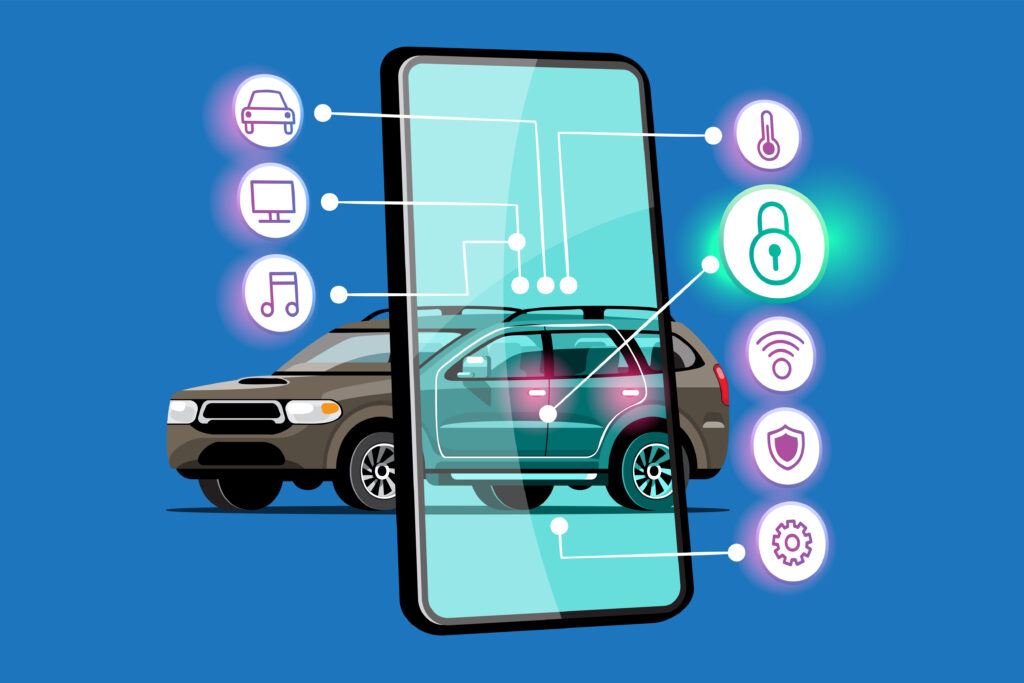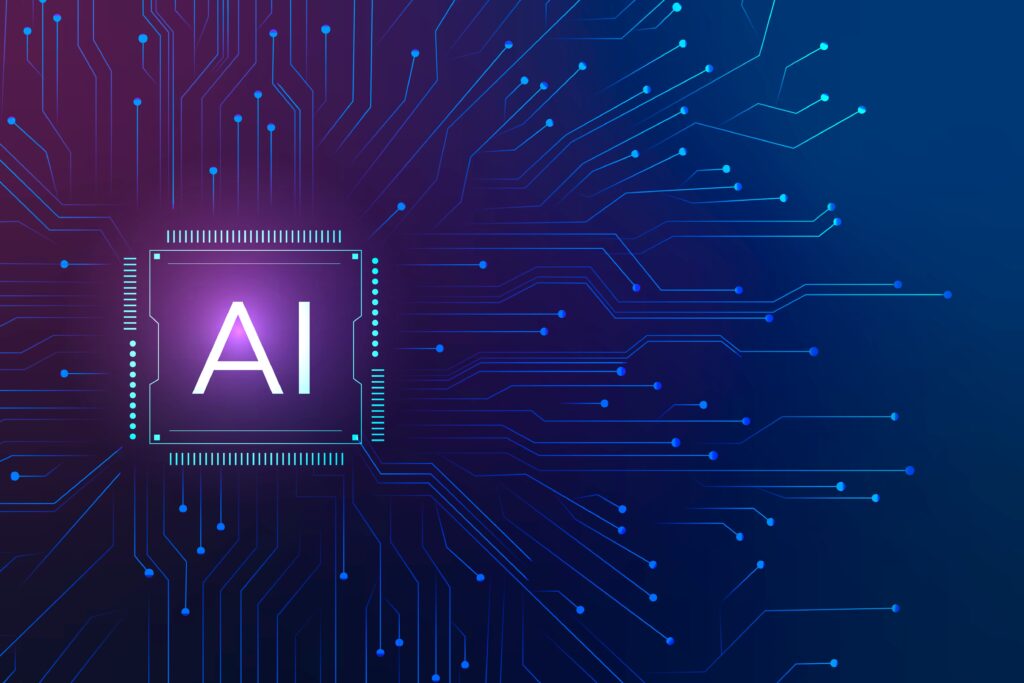Automation is seeping into every walk of life, and modern-day businesses are adopting every facade of it to optimize the business processes, improve productivity and streamline the whole system. Recently, there has been a heavy adoption of RPA (Robotic Process Optimization) to complete repetitive tasks in less time.
Software robots are specifically designed to perform tasks that would have needed considerable human resources. The result is a more robust and cost-effective workflow devoid of mistakes, all through minimum human intervention.
RPA solutions seem to be the way forward for many organizations for doing repetitive tasks. It allows businesses to better resource allocation, divert talent to more productive tasks, and maximize the outcome.
But there is a limit to RPA, which significantly hampers its large-scale adoption. But experts believe that semantic automation could be a needed push that would rejuvenate the RPA environment. Let’s explore more what impedes the scalability of RPA and how Semantic Automation will Revolutionize the RPA landscape.
What are the limits of RPA?
RPA has been shown to speed up business processes, but a closer look shows that they are not devoid of issues. Let’s see what the limits of RPA are:
Scalability is a Big issue with RPA
Even though RPA solves a significant problem for corporates and allows them to potentially streamline their workflow, scalability is still a major factor preventing large-scale adoption of RPA. Many organizations seem to have trouble expanding RPA within the organization. The primary reason is that RPA is resource-intensive and needs constant maintenance. More data means more load, which could also cause data bais and will need extra resources to function correctly. All these factors significantly deter the scalability of RPA.
The capabilities of RPA are still minimal
Although RPA can perform simple tasks, like data scraping, copying, pasting, parsing emails, etc., they have a hard time when they come across unstructured, difficult-to-read documents, like legal documents, that need considerable knowledge to understand. Similarly, tasks that require cognitive capabilities or complex information processing are out of bound for RPA, and the enterprise has to rely on human resources for these jobs. It’s one significantly weaker aspect of RPA, and it’s here that semantic automation can completely revolutionize the RPA landscape.
Rise of Semantic Automation
The limited cognitive capabilities of RPA have forced the big corporation to invest heavily in a system that could overcome this major flaw. That’s why semantic automation is slowly coming to the fore. Instead, statistical models of machine learning semantic automation derive meaningful conclusions from data via human logic. Semantic automation aims to train bots to look over the process as humans do. It diverges from rules-based RPA; instead, the bot learns to respond to the process without relying on specific instructions or code.
How will Semantic Automation Revolutionize RPA?
A trained bot with semantic automation will be more adept at understanding the process with the backing of step-by-step commands. This will allow them to be more flexible and more efficient at understanding unstructured data. This will make the bot more efficient at doing the task out of the league for statistical machine learning model-based RPA, like finding a specific rule or clause from a complex document. Besides that, semantic automation will allow the bot to recognize patterns more effectively and help them understand the factors deriving a process. Therefore, it will enable it to complete the allotted task more efficiently.
Conclusion
The incorporation of Semantic Automation is a revolutionary step towards increased efficiency, intelligence, and decision-making as Robotic Process Automation (RPA) keeps reinventing corporate operations. Automation and semantic technologies working together could completely transform RPA.
Semantic Automation is revolutionizing RPA, not just evolving it. A new era of intelligent, flexible, and context-aware robotic operations is ushered in by the integration of automation with semantic technology. Businesses that use this revolutionary synergy can achieve everything from more responsive and nimble business operations to more intuitive consumer relationships. Beyond just a tool, Semantic Automation is the foundation of a future in which human-robot collaboration achieves previously unheard-of levels, propelling success, efficiency, and innovation in the rapidly changing automation field.



